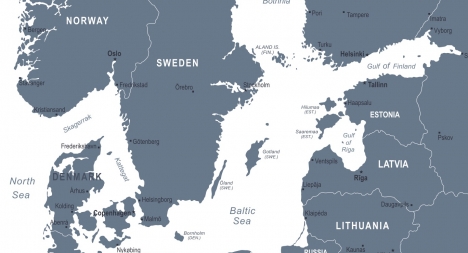
Cultural Landscapes is the title of the festival cycle that is currently taking place. Under this term of cultural landscapes we often understand urban conglomerates, because especially in cities culture is concentrated – at least we often think in this direction.
Our gaze is usually land-centered. We look inland – often (perhaps too often?) in the direction of the capital and turn our backs to the sea as Baltic Sea residents. The sea also deserves our attention. So let us turn our gaze and look seawards. “The white coast is beautifully curved,” writes Thomas Mann in his lecture he gave to Rotarians in Munich about the summer house. Here the elements of land and water meet, we find ourselves in a space that is in a constant state of change, that is constantly redefining itself and cannot be clearly delimited.
But we can also see the coast as a dialogue of nature, a dialogue between water and land. Sometimes it seems that one of the two forces usurps a predominance, is stronger. But often it seems to us only at first glance, because the constant insistence of one element eventually pays off. Just as important as the interplay of natural forces is the conversation between people, the exchange of opinions, the common recognition of multiple paths and motivations. For this reason, parts of the festival program were created.
Coast holds another meaning. When we are at sea and see a strip of land on the horizon, it means not only hope, but also encouragement. We will reach our destination soon, because it is already looming behind us. We feel strengthened and encouraged in the intention of our journey, we draw new strength and are in a good mood. The festival should be such an encouragement.
Prof. Dr. Ruth Leiserowitz



